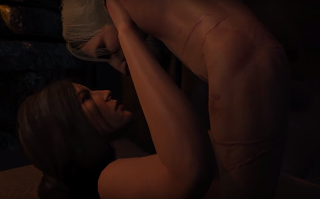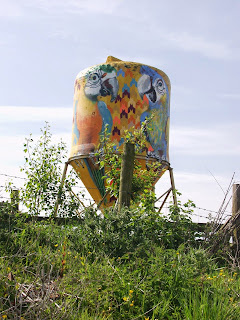Roads to independence
With the Brexit process nearing its decisive point, I've been reading good analyses of the potential future paths by Chris Grey and Jon Worth — for the UK as a whole. I haven't seen an analysis of the future paths for Scotland which seem as good to me, although the Politics Scotland blog has had a go. I'm not saying my analysis is better or is better informed, but for what it's worth here it is.
No-deal Brexit is probable
The inflections in the path
I was Zoe’s wicked uncle; and I want to frame the arc of Zoe's life that lead us here, to this place; to try to share with you my understanding of it, to explain to you why I cannot mourn this death, but only the life that lead up to it.
It was a life marked by four deaths: four inflections in the path.
The Standingstone Model
The conspiracy
It's no secret that I live at Standingstone. In fact, if you check at Companies House, you'll see that I am the chair of Standingstone Farm Limited. So what is Standingstone?
Sex, the Iron Maiden, and NPC repertoire

I've written before, several times in fact, about the immersion-breaking poverty of repertoire of non-player characters (NPCs) in role playing games; but I've just tripped over a particularly egregious example in The Witcher 3: Wild Hunt, which I think of as the best software role playing game yet written.
On the Skellige Islands — on the Island of Faroe — just east of the village of Harviken, there's a hilltop fencing arena, and in it you'll find Jutta an Dimun, a sword-mistress who has vowed to her goddess, Freya, to lie only with a man who can beat her in single combat. Thus far, no man has. She won't fight you unless you've proved to her that you're a worthy opponent, and there are a number of ways you can do this; once you have, you can fight her. If you get to her early in your path through the game she's a very tough opponent, but her level does not scale adaptively to the player's, so if you encounter her late in your game you're likely to find her rather easy.
The Minimum Viable Village

This blog post is occasioned by the National Council of Rural Advisers' consultation on Rural Economic Strategy. It isn't directly a response to that consultation, but I'm writing it to help formulate my thoughts in order to respond. A lot of the figures in this piece come out of my Minimum Viable Village Model:



